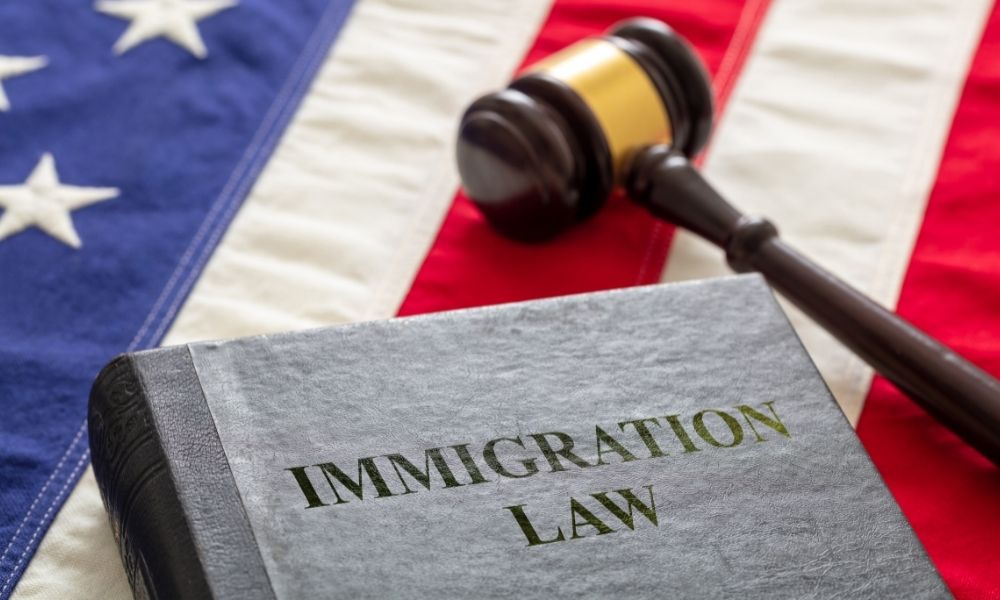The H-1B visa process is a critical pathway for foreign professionals seeking employment in the United States. This non-immigrant visa program allows U.S. employers to hire foreign workers in specialty occupations, filling gaps in their workforce with skilled talent from around the world. In this article, we will explore the H-1B visa process in detail, shedding light on its key aspects, requirements, and frequently asked questions.
1. Understanding the H-1B Visa
The H-1B visa is designed for foreign workers who possess specialized knowledge and skills in fields such as IT, engineering, healthcare, and more. To apply for this visa, candidates must have a job offer from a U.S. employer. This job offer should be for a position that requires a high level of expertise and typically demands at least a bachelor’s degree or its equivalent.
2. Employer Sponsorship
One of the crucial elements of the H-1B visa process is employer sponsorship. U.S. employers play a pivotal role by petitioning on behalf of the foreign worker. The employer must submit Form I-129, Petition for a Nonimmigrant Worker, to the United States Citizenship and Immigration Services (USCIS). In this petition, the employer must provide detailed information about the job, the foreign worker’s qualifications, and other necessary documentation.
3. The H-1B Cap
The H-1B visa program is subject to an annual numerical cap. The standard cap for H-1B visas is 65,000, with an additional 20,000 slots reserved for individuals with advanced degrees (Master’s or higher) from U.S. institutions. Because of the limited number of visas available, the demand often exceeds the supply, resulting in a lottery system for selection. As a result, it’s crucial to plan well in advance and ensure that all documentation is prepared accurately.
4. Labor Condition Application (LCA)
Before filing the H-1B petition, the employer must obtain a certified Labor Condition Application (LCA) from the Department of Labor (DOL). The LCA ensures that the employment of the H-1B worker will not adversely affect the working conditions of similarly employed U.S. workers. It also outlines the terms and conditions of employment, including the salary that the H-1B worker will receive.
5. H-1B Visa Duration and Extensions
Typically, H-1B visas are granted for an initial period of three years, with the possibility of a three-year extension. This means that H-1B visa holders can work in the U.S. for a maximum of six years. In some cases, individuals may be eligible for further extensions, depending on their progress toward permanent residency (green card) or certain employment-based immigrant categories.
Can I apply for an H-1B visa on my own, or do I need an employer to sponsor me?
You cannot apply for an H-1B visa on your own. An H-1B visa requires employer sponsorship. Your prospective U.S. employer must file a petition on your behalf, and you need a valid job offer to be eligible for this visa.
What is the H-1B visa cap, and how does it impact my chances of approval?
The H-1B visa cap refers to the annual limit on the number of H-1B visas that can be issued. It can impact your chances of approval because demand often exceeds supply. If more petitions are received than there are available visas, a lottery system is used to select beneficiaries randomly.
Can I change employers while on an H-1B visa?
Yes, you can change employers while on an H-1B visa. However, your new employer must file a new H-1B petition on your behalf. You cannot start working for the new employer until the new petition is approved.
Can my spouse and children accompany me to the U.S. on an H-1B visa?
Yes, your spouse and unmarried children under 21 years of age can accompany you to the U.S. on H-4 dependent visas. They can also apply for employment authorization if you are on the path to obtaining a green card.
What are the options for permanent residency (green card) while on an H-1B visa?
While on an H-1B visa, you can explore various paths to permanent residency, including employment-based green cards. Your employer may sponsor you for a green card, and you can also self-petition in certain categories, such as the EB-1A for individuals with extraordinary abilities.
In Conclusion
The H-1B visa process is a complex but vital avenue for foreign professionals to work in the United States. Understanding the intricacies of this process, such as employer sponsorship, the annual cap, and the role of the Labor Condition Application, is essential for a successful application. Whether you are an employer looking to hire a skilled foreign worker or a prospective H-1B visa holder, navigating the process with precision and knowledge is key to achieving your goals. Keep in mind that immigration laws can change, so staying updated on the latest regulations is crucial for a successful H-1B journey.







